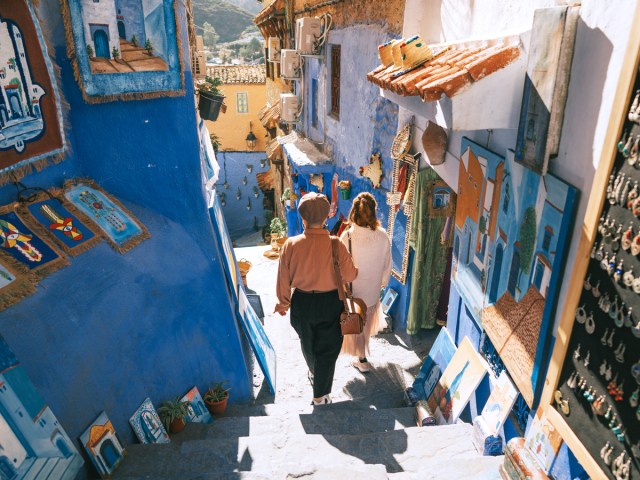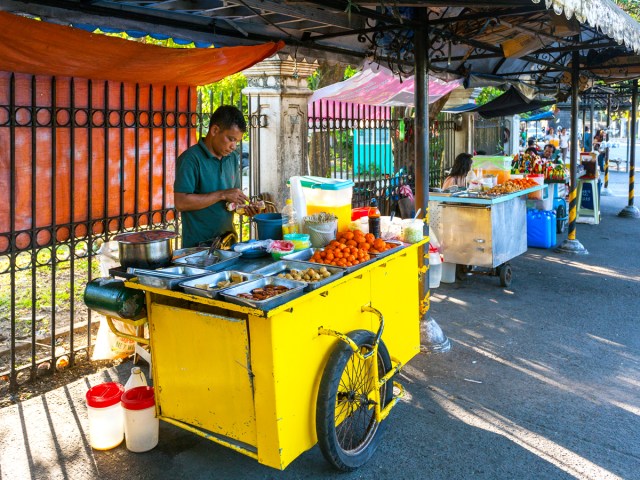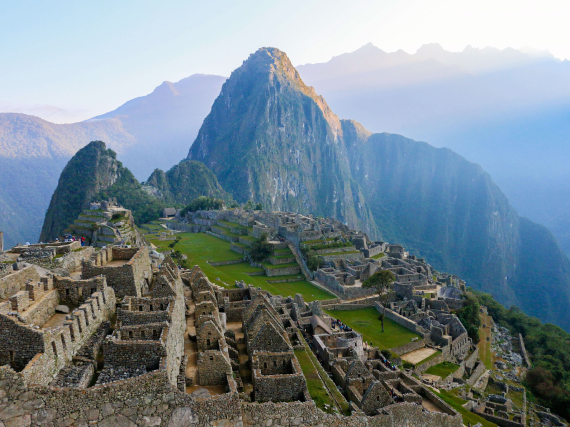Despite being a part of our highly digitalized world, there are many countries around the world that still deal mostly in cash. Digital payments are on the rise worldwide, but a variety of countries in Africa, Asia, and Europe are resistant or slow to join the fintech movement. So, be sure to visit an ATM or currency exchange office before traveling to these five cash-reliant countries around the world.
Morocco

Blending African, Arab, and European influences, Morocco is a captivating destination for the culturally curious. But be sure to have some currency on hand when you visit: From bazaar purchases to restaurant bills and cab fares, Moroccans often prefer using cash, making it the most common method of payment throughout the country.
While credit and debit cards are commonly accepted in larger cities and tourist areas, approximately 90% of purchases are still made in cash. Smaller cafes, shops, and rural towns may accept only cash, so it’s wise for tourists to carry it, especially when traveling outside major urban centers.
Make sure to plan your cash withdrawals and currency exchanges carefully, as the local currency, the Moroccan dirham, can be difficult to exchange outside of Morocco. It’s also a good idea to exchange any unused dirhams back to U.S. dollars before leaving the country.
Egypt

Egypt is renowned for attractions like the Pyramids of Giza, Luxor, and the Nile River. When visiting, make sure to bring cash — both in Egyptian pounds and U.S. dollars — as the latter is widely accepted in major tourist establishments, hotels, and souvenir shops.
Cash is king in Egypt, with only 3% of the population owning credit cards and around 70% of transactions made in cash. It’s especially essential for dining at local restaurants, shopping at markets, and booking tours. While high-end hotels and restaurants typically accept cards, it’s always wise to confirm beforehand to avoid being caught short when the bill arrives.
Romania

Romania is one of the most cash-reliant countries in Europe. Cash accounts for 76% of transactions, and 42% of the population remains unbanked, meaning they have no checking or savings account. Many Romanians feel more comfortable using cash, citing that they perceive the value of their money more clearly when paying this way.
Cultural factors, including the prevalence of a large informal economy where only cash is accepted, also contribute to this preference. Additionally, 45% of the population still prefers to pay for online orders in cash upon delivery. Romania ranks the lowest in Europe for digitalization in terms of integrating digital technology and providing digital public services, which may explain the ongoing issues some customers face when attempting to pay by card.
While the country is gradually shifting toward digital payments, cultural and technological factors mean it will likely remain cash-reliant for years to come. Tourists should keep this in mind — credit and debit cards are often accepted in major cities, but carrying cash is recommended, particularly in rural areas and at smaller establishments.
Germany

You may be surprised to learn that Europe’s largest economy is still very much attached to cash payments. According to the German bank Bundesbank, cash payments were still the most frequent transactions in the country in 2021. A study that year reported that 58% of transactions were completed in cash, down from 74% in 2017.
The decline in cash usage was strongly linked to the pandemic, which spurred the boom of online shopping worldwide. As the number of cash payments continues to slowly decline in Germany, it suggests that the population is becoming more comfortable with credit cards and online banking.
However, the majority of Germans still reported feelings of mistrust of the financial industry; only social media was trusted less. If you’re traveling to Germany, take a cue from the locals and plan to keep around 100 euros in your wallet. This will ensure you can easily settle bills or buy souvenirs, while also making local vendors happy.
The Philippines

While recent reports show an increase in digital and card payments in the Philippines, cash remains a popular method of payment throughout this Southeast Asian country. Over half of the population is unbanked and lacks internet access, which makes cash transactions more common. However, the younger generation is driving the shift toward cashless payments, using digital wallets and QR codes, and around 30% of respondents in a recent survey believe the country will become entirely cash free by 2030.
While the future looks promising for the country’s growing fintech enthusiasts, cash is still an essential part of daily life here. For visitors to the Philippines — and other Southeast Asian countries like Vietnam and Thailand — it’s important to carry local currency for street food, tipping, and other everyday transactions, especially if you plan to visit off-the-beaten-path destinations.
What other countries have you traveled to that deal primarily in cash? Let us know in the comments!
More from our network
Daily Passport is part of Inbox Studio, which publishes content that uplifts, informs, and inspires.























